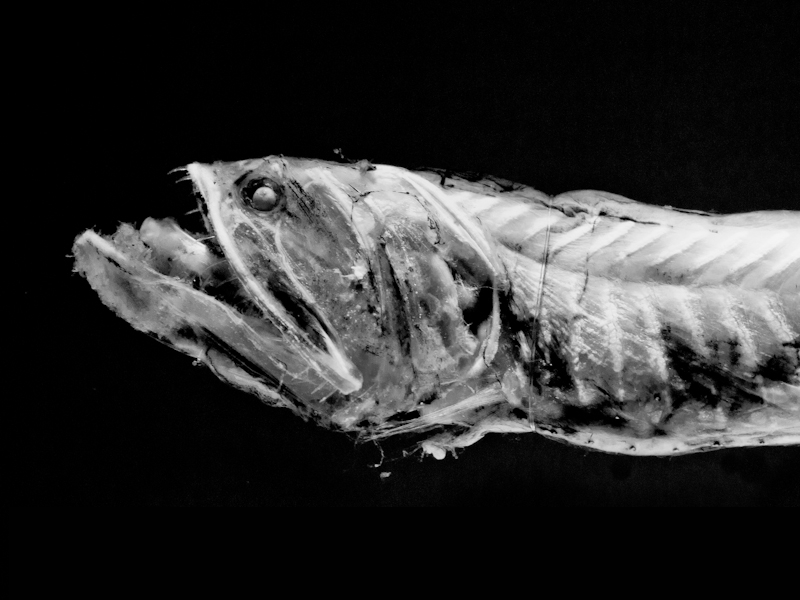Between 1845 and 1855 Ireland lost a third of its population—1 million people died from starvation and disease and 2 million emigrated. The decimation of the potato crop in the 1840s brought on the danger of mass starvation, but it was Britain's calculated response that perpetuated the tragedy.
Contrary to popular opinion, the conditions of a famine did not truly exist in Ireland during this time. During the ten year period, researchers have estimated that the island produced enough food to feed 18 million people, more than double its population at the time. English protestant landowners had access to a varied diet and the Irish economy as a whole remained a profitable exporter of grain, pork, beef and fish.
The problem for the Irish people was that they had limited access to these native food resources. British penal law, first instituted in 1695, made it illegal for Irish Catholics to own land, apply for fishing or hunting licenses or to enter trades or professions. This forced the Irish to remain as sharecropping farmers subsisting on small rented farms owned by English Protestants. They relied almost exclusively on the sale of potatoes to pay rent to their landlords and buy food.
When a devastating water mold (phytophthora infestans) struck the potato harvest in 1845, the Irish were deprived of their only cash-crop. Many tried to eat the rotten potatoes and fell ill to cholera and typhus. Landlords evicted the starving tenants, or sent them to workhouses where overcrowding and poor conditions led to more starvation, sickness, and ultimately death. More sympathetic landlords paid the passage for their tenants to emigrate to America, Canada, and Australia. Ship owners took advantage of the situation and wedged hundreds of diseased and desperate Irish into ships that were hardly sea-worthy. These ships became known as "coffin ships" as more than one-third of the passengers died on the voyage.
The belief that the famine was God’s intention guided much of Britain’s policy in their management of the crisis. They viewed the crop failures as “a Visitation of Providence, an expression of divine displeasure” with Ireland and its mostly Catholic peasant population.
The British government in Ireland, led by Sir Charles Trevelyan, was far more concerned with modernizing the Irish economy and reforming its people’s “aboriginal” nature than with saving lives. Trevelyn described the famine as an "effective mechanism for reducing surplus population" and that "the real evil with which we have to contend is not the physical evil of the Famine, but the moral evil of the selfish, perverse and turbulent character of the people".
Trevelyan and other leading British officials had a direct hand in filling newspapers with the idea that the famine was the result of a flaw in the Irish character. Punch, a satirical magazine, regularly portrayed 'Paddy’ as a simian in a tailcoat and a derby, engaged in plotting murder, battening on the labour of the English workingman, and generally living a life of indolent treason. The result of such dehumanizing propaganda was to make unreasonable policy seem more reasonable and just.
Trevelyan never expressed remorse for his policies even after the full scope (approximately 1 million lives) of the Irish famine became known.
Sources: John Kelly's 'The Graves are Walking: The Great Famine and the Saga of the Irish People' and Tim Pat Coogan's 'The Famine Plot: England’s Role in Ireland’s Greatest Tragedy'





